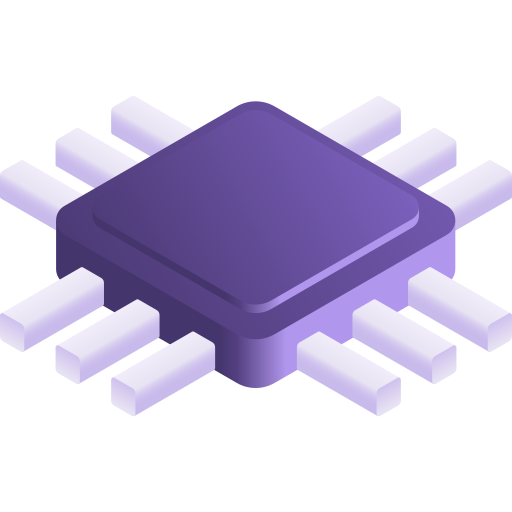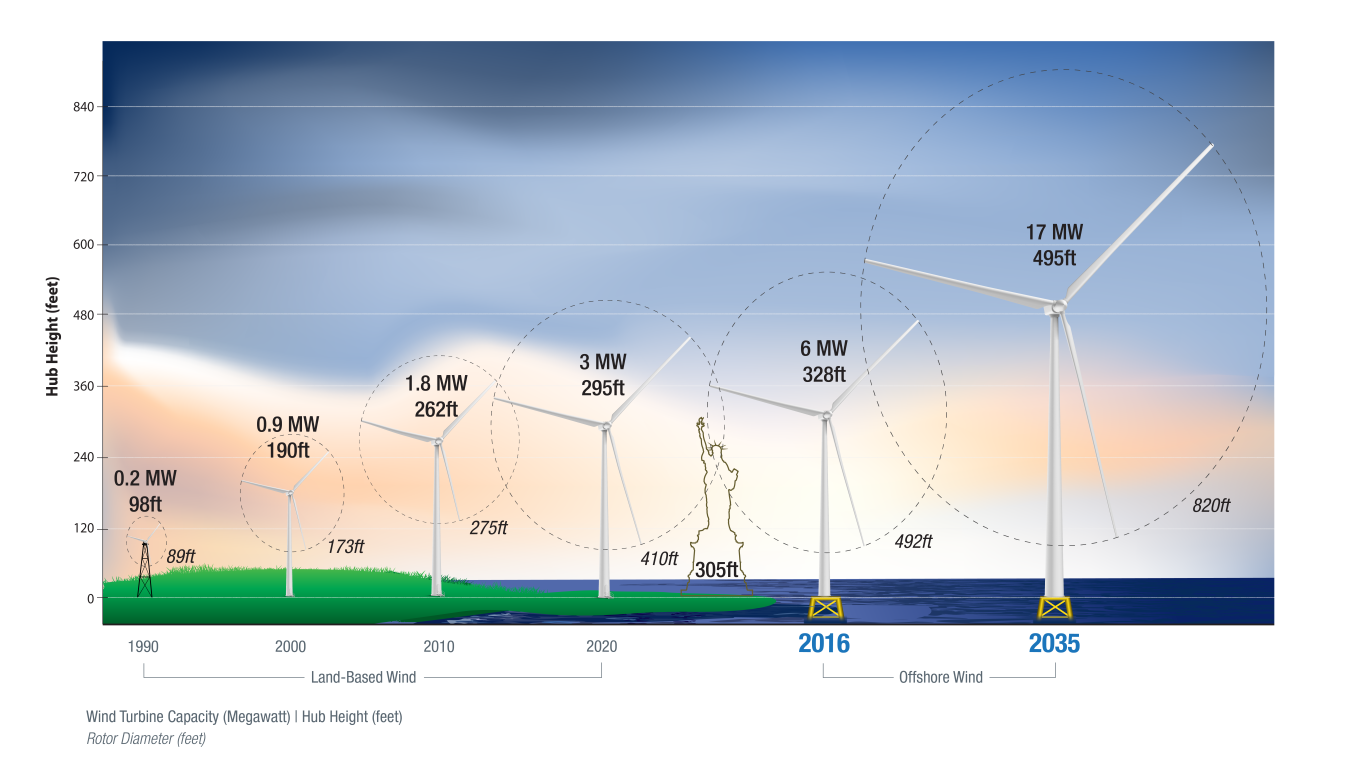

a couple more open source options with actual pastebin type interfaces, but which have not been updated in some time and have official instances which have been blacklisted on uBlock are:
hastebin https://github.com/kevr/hastebin
and DPaste https://github.com/DarrenOfficial/dpaste








I wouldn’t be so sure, the illusion of choice is sometimes more useful than a true apparent monopoly. There’s a good chance Nvidia will push Intel to further differentiate their GPUs and focus into more niche applications rather than kill them off entirely. Like what if Intel focused down enterprise mini-PC market while Nvidia continues to dominate the large profile PC GPU market? Seems like there is a growing niche between laptop and gaming PC, but it might be too formative for Nvidia to go after. It could also overlap with the cloud PC market where more compact GPUs could enable more units per cubic foot of server farm. Just a wild hypothetical, but you never know.